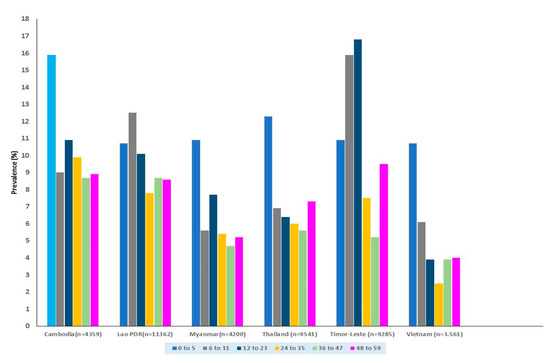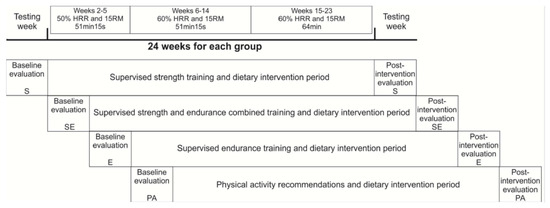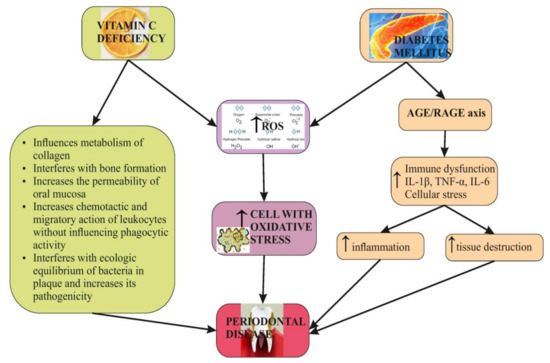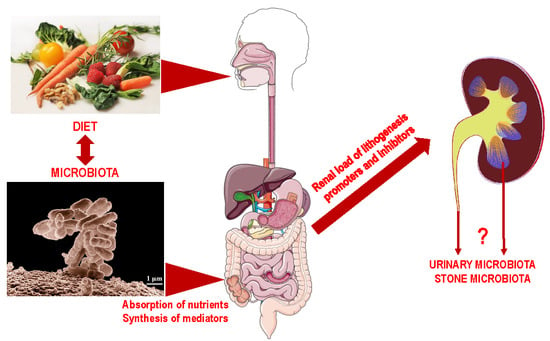Nutrients 2020, 12(2), 561; https://doi.org/10.3390/nu12020561 - 21 Feb 2020
Cited by 3 | Viewed by 4191
Abstract
The leucine metabolite, β-hydroxy-β-methyl butyrate (HMB), is widely used in human nutrition and animal production as a nutritional supplement. Although the HMB usage during late gestation has been demonstrated to have a positive effect on fetal development, knowledge on net absorption and metabolism
[...] Read more.
The leucine metabolite, β-hydroxy-β-methyl butyrate (HMB), is widely used in human nutrition and animal production as a nutritional supplement. Although the HMB usage during late gestation has been demonstrated to have a positive effect on fetal development, knowledge on net absorption and metabolism of HMB and impact of HMB on branched chain amino acids (BCAAs) metabolism is lacking. To address this, we conducted a study using pigs during the perinatal period as a model organism. Eight-second parity sows were fitted with indwelling catheters in the femoral artery and in the portal, hepatic, femoral, and mesenteric veins. Eight hourly sets of blood samples were taken starting 30 min before the morning meal on day –10 and day –3 relative to parturition. Four control (CON) sows were fed a standard lactation diet from day –15 and throughout the experiment, and 4 HMB sows were fed the control diet supplemented with 15 mg Ca(HMB)2/kg body weight mixed in one third of the morning meal from day –10 until parturition. Blood gases, plasma metabolites, milk compositions, and apparent total tract digestibility of nutrients were measured. Arterial plasma concentrations of HMB (p < 0.001), Cys (p < 0.001), and Lys (p < 0.10) were increased in HMB supplemented sows, while arterial plasma triglycerides concentration was decreased (p < 0.05). The net portal recovery of Ala and Asp were increased in HMB sows (p < 0.05). Sows fed HMB had increased hepatic vein flow and net hepatic fluxes of Met, Asn, and Gln (p < 0.05). In contrast, the femoral extraction rates of Ala and Ser were decreased by dietary HMB supplementation (p < 0.05). Dietary HMB treatment and sampling time relative to feeding had an interaction on arterial concentrations, net portal fluxes, and femoral extraction rates of BCAAs. The net portal recovery of HMB was 88%, while 14% of supplemented HMB was excreted through urine and 4% through feces. Moreover, the gastrointestinal tract metabolized 8% while the liver metabolized 12%. Finally, 26% of the daily intake of HMB was secreted via colostrum at the day of farrowing. This study demonstrated that dietary HMB supplementation increased net uptake of amino acids and increased fatty acid oxidation through improving blood flow and insulin sensitivity during the late gestation. Most importantly, oral HMB administration could maintain a stable postprandial absorption and altered metabolism in BCAAs. Net portal flux of HMB at 5.5 to 6.5 h after feeding approached zero, indicating that HMB ideally should be administrated two or three times, daily.
Full article
(This article belongs to the Section Nutrition and Metabolism)
►
Show Figures













